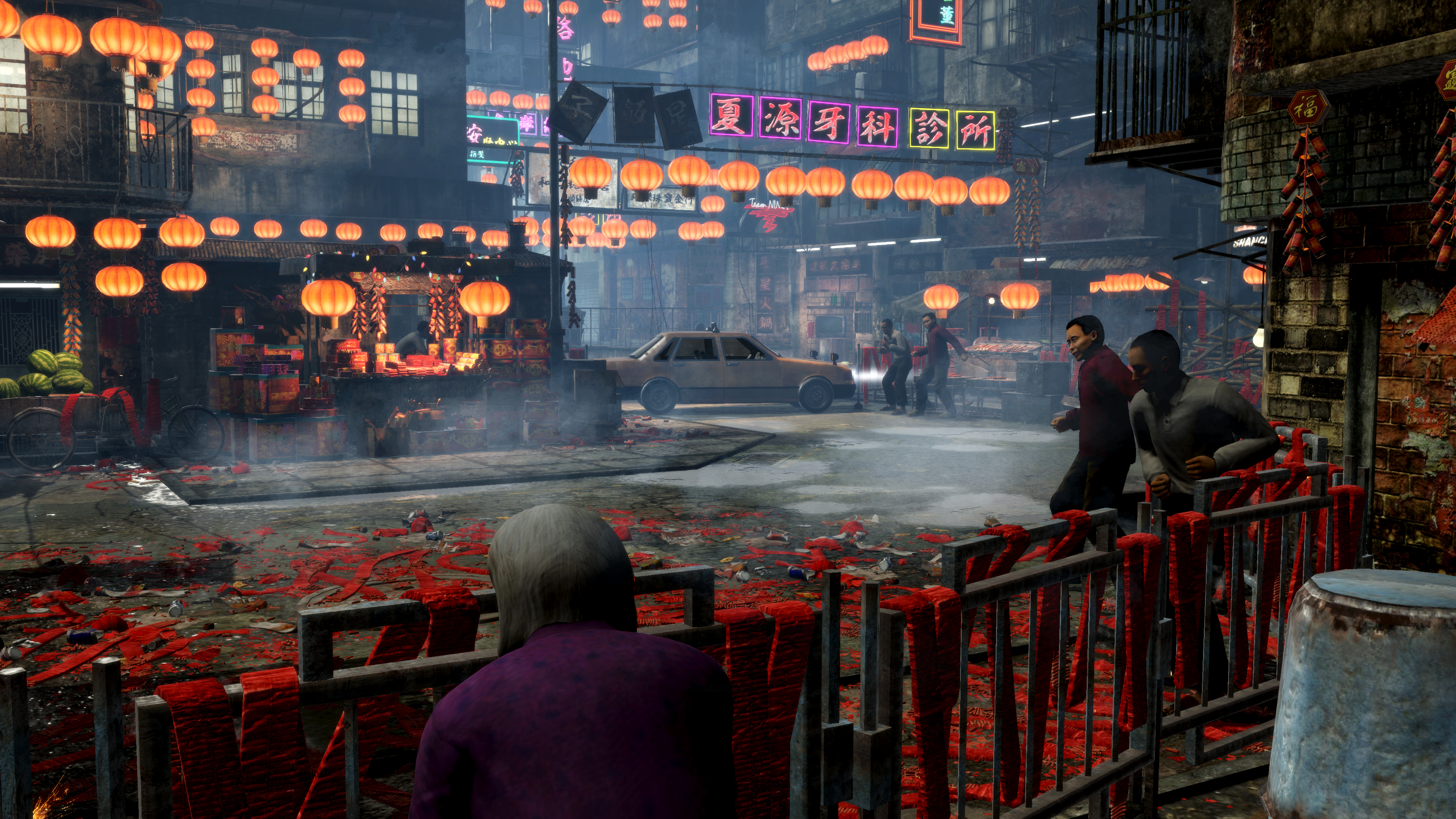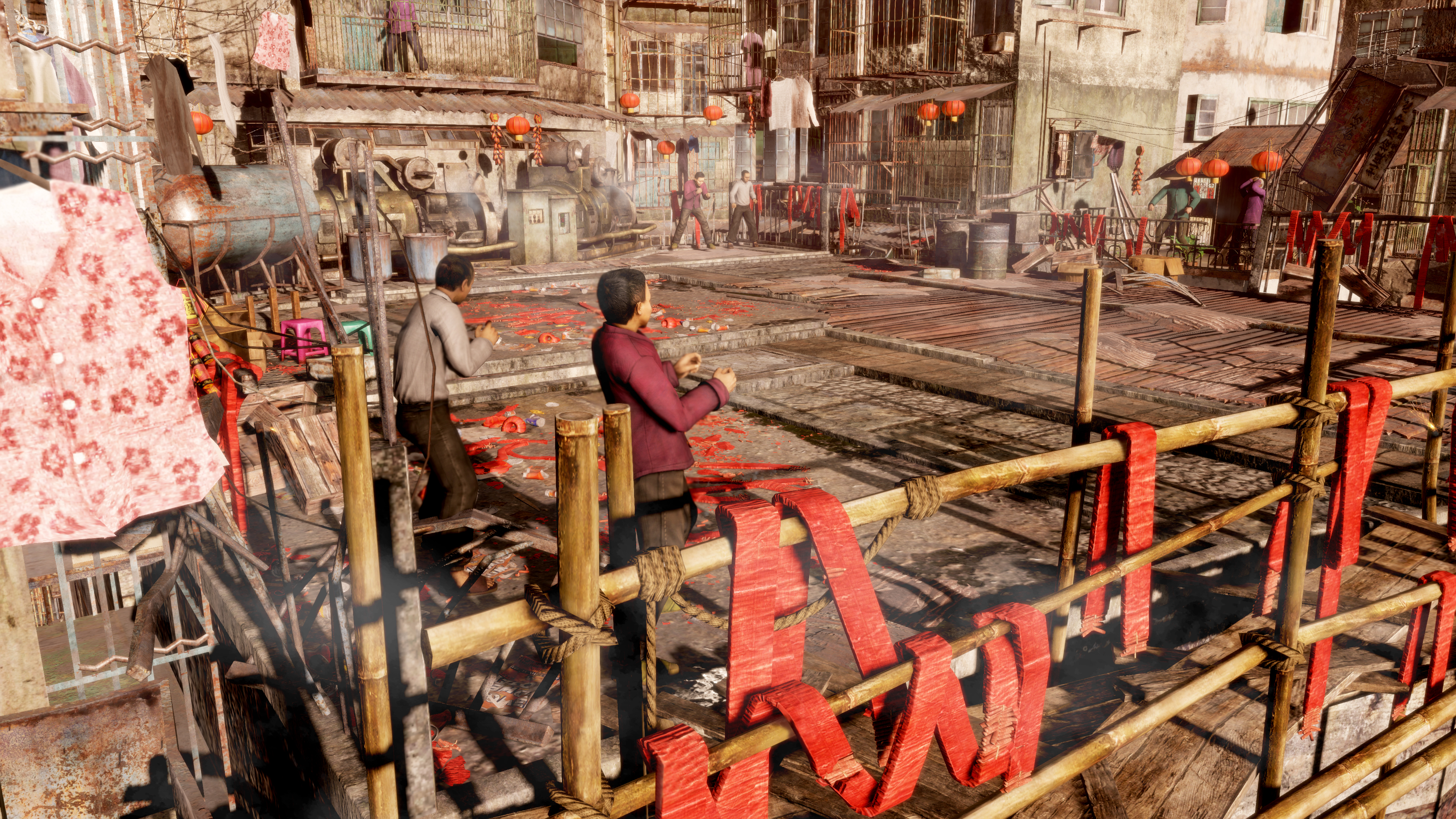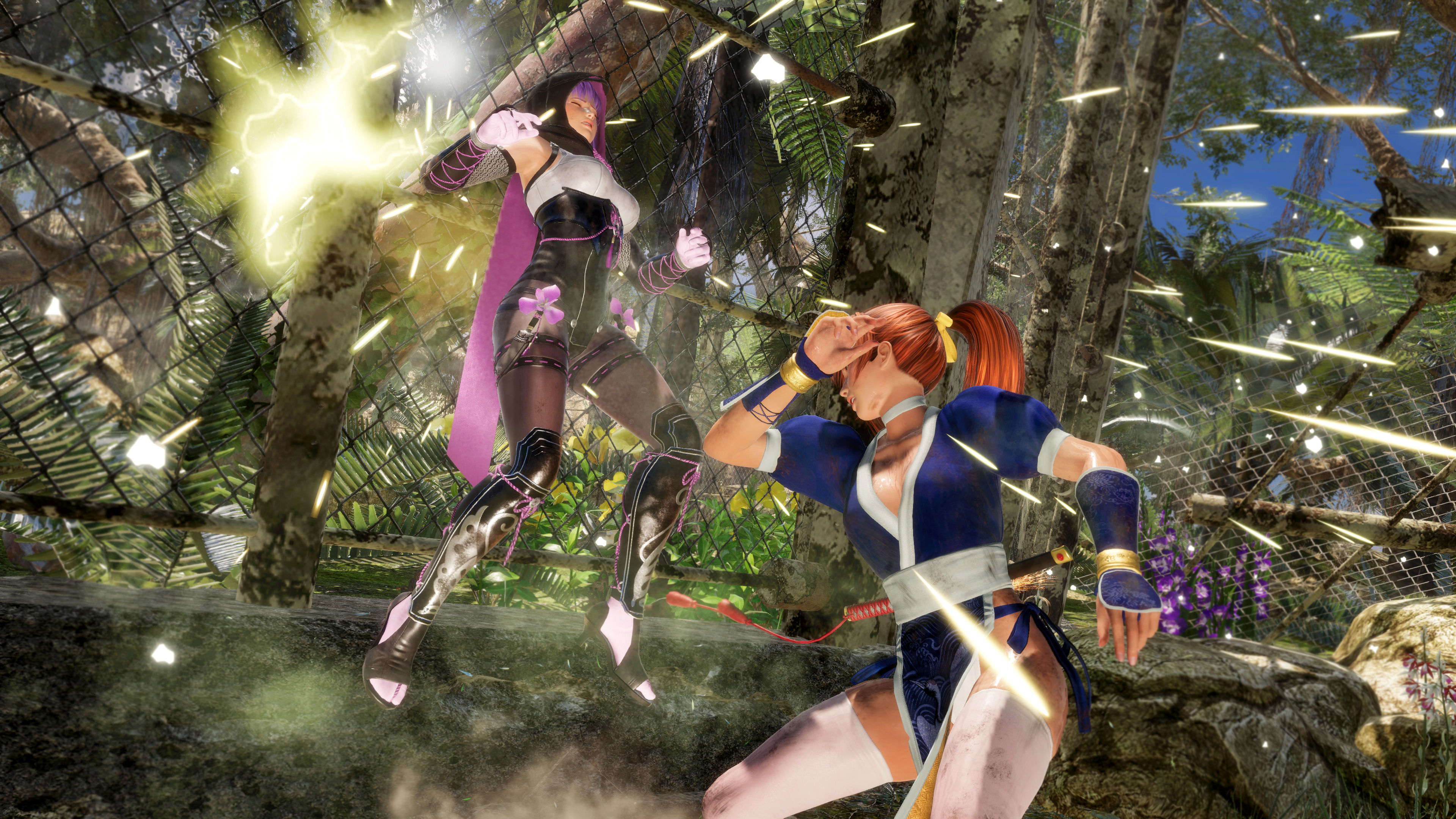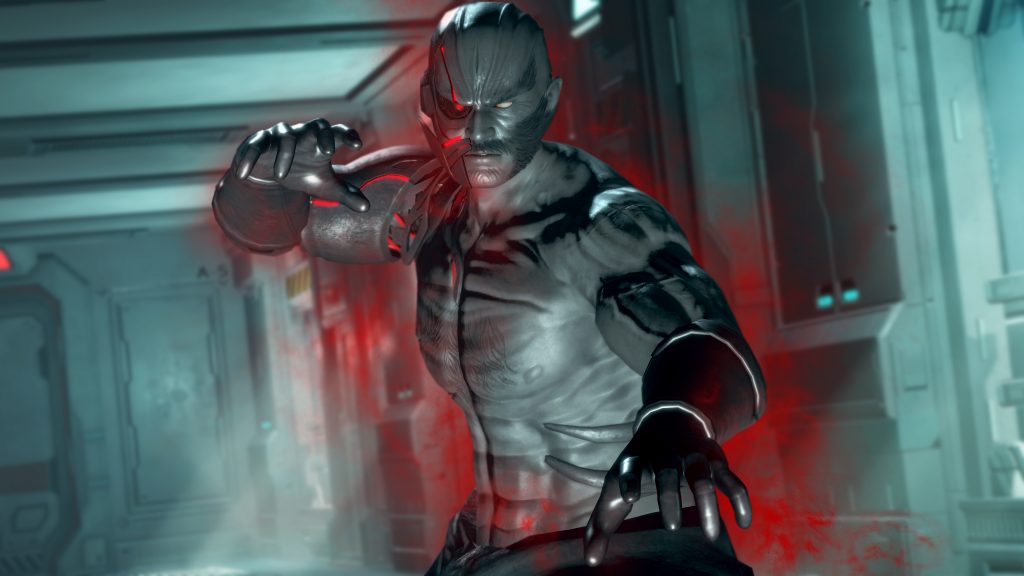As a fighting game franchise, Dead or Alive has been unfairly overlooked across its twenty-three year (!) existence. The series has perhaps been better-known for its reliance on fan service and its attempt to titillate its players than for its extremely solid core mechanics, and while it’s true that developer Team Ninja has probably not done itself any favours in this department by courting that element of the fan base, Dead or Alive remains a very solid fighting franchise.
The sixth instalment, creatively titled Dead or Alive 6, follows the fifth game in the series after around six years. That’s not entirely true, of course, because like many fighting games, Dead or Alive 5 has seen many iterations and expansions come and go. In the end, the fifth game has perhaps had around a three- to four-year lifespan thanks to additions like Last Round, Plus and Ultimate. The sixth game, though, purports to be an overhaul of not only the game’s mechanics but of its historically questionable sexual politics, too.

This promise doesn’t quite come off. While there are many who won’t be in the least bit bothered by Dead or Alive 6’s continued reliance on sexualisation (and will indeed see this as an inextricable part of the franchise’s appeal), it just doesn’t feel very 2019 for Dead or Alive 6 to still be emphasising the sexual characteristics particularly of its female characters. If you’re looking for the franchise to leave this aspect of its presentation behind, you’re going to be disappointed by the sixth game.
Those who either don’t care about this part or buy the games for this reason won’t be disappointed, of course. As we said earlier, Dead or Alive remains an extremely solid franchise in the mechanics department, and 6 continues this trend. If you’re unfamiliar with these games, they’re a sort of hyper-fluid fast-paced version of 3D fighters like Tekken. The fighting engine here emphasises combo moves and “juggle combos”, which see players demonstrating their technical prowess by launching opponents bodily into the air and juggling them as part of a combo.

Dead or Alive 6 purports to be a little more noob-friendly, and indeed there are a couple of features here that are perhaps more welcoming to the fighting game neophyte. The much-reported “Fatal Rush” mechanic allows newer and less-experienced players to launch lengthy combos of their own, and while there are some who will see this as an unnecessary concession to the casual crowd, we appreciate anything that can bring more people into a fighting game’s warm embrace. We managed to spend many hours playing Dead or Alive 6 with people who would ordinarily never touch a fighting game thanks to its more welcoming and open mechanics.
Alongside the Fatal Rusah, there’s also the Break Gauge, which is new to the sixth instalment. The Break Gauge operates in a similar way to the special meters of Injustice and Mortal Kombat, building up as players fight. Once the gauge is full, the final blow of a Fatal Rush combo will launch a special move similar to the Critical Blow from DoA 5. Again, this makes for a great visual spectacle, and allows newer players to interface with a system that has traditionally repelled them. All in all, the fighting system in DoA 6 feels faster, more fluid and more open than the series has ever been.

The sixth game does have an increased focus on presenting more realistic character models for its newcomers, even as it still oversexualises its returning women. New street fighter (not that kind) Diego is a lithe whippet of a man who resembles a leaner, meaner Kazuma Kiryu from Yakuza, while scientist NiCO is slight and built like an actual woman would be. It’s nice to see Team Ninja taking baby steps when it comes to Dead or Alive’s aesthetic, but it would be better if they were perhaps a little more cognisant of the politics of the time in terms of character design.
The story mode of DoA 6 is…err…impenetrable. If you’re not a fan of this franchise and haven’t been keeping up with the narrative, then despite Team Ninja’s protestations that this instalment is better for newbies, you won’t get anywhere with the single-player. The story is presented in (admittedly very attractive) cutscenes which flesh out the game’s characters and their motivations, but like with many fighting games the DoA cast has become a bit of a miasma of different factions and characters which can’t really be untangled by anyone but the most dedicated of fans.

With all that said, what are we left with in Dead or Alive 6? The fighting engine is incredibly strong in this game, as it always has been, and for most that should be enough. Dead or Alive 6 remains a frantic, fun fighting game that doesn’t skimp on the technical in order to provide a more welcoming environment for newer players. The new characters fit nicely into the roster, which might be leaning towards the oversexualised and retrograde, but that won’t matter to many. Despite its incomprehensible single-player and its less-than-stellar roster, Dead or Alive 6 is one of the most rewarding and enjoyable fighting games you can play right now.
Purchase Now.
This post didnt have a specific author and was published by PS4 Home.

